At its core, DEI has always been embedded in our way of life at Johnson & Johnson. Over the years, we have sharpened our focus, better articulated our approach and developed stronger tools to lead, manage and monitor our performance and impact.
Our DEI Milestones
Learn more about how DEI has shaped our story.
2019 to 2023
-
In 2023, we pilot our DEI Maturity Model Assessment tool in five countries, providing analysis across 140 criteria and 20 dimensions of DEI.
-
In 2022, the Office of DEI refreshes our global strategy.
-
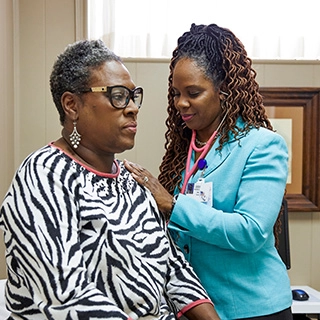
In 2020, we expand our efforts to increase diversity in Clinical Trials to help combat health inequities in underrepresented communities.
-
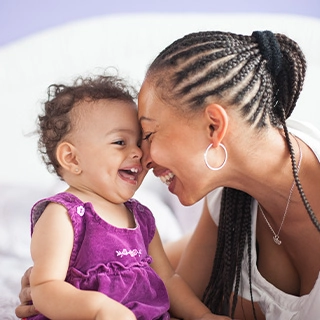
We are the only company to endorse the Black Maternal Health Momnibus Act and in 2020 we become a co-founder of the Equitable Maternal Health Coalition.
-
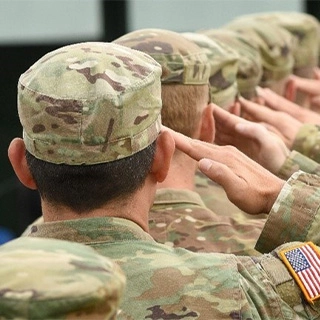
In 2019, we launch the Experienced Military Veteran Leadership Development Program and the Center for Health Worker Innovation with a U.S. $250 million commitment from Johnson & Johnson and Johnson & Johnson Foundation.
2011 to 2018
-
In 2018, we update Our Credo to reinforce our commitment to DEI with the words: “We must provide an inclusive work environment where each person must be considered as an individual. We must respect their diversity and dignity and recognize their merit.”
-
In 2017, we launch our first global DEI strategy that has enabled us to align our focus on DEI and embed a vision, mission and definition that resonated globally.
-

The first Inclusion Index becomes part of annual Our Voice Employee Survey in 2017.
-

We launch WiSTEM2D initiative (Women in Science, Technology, Math, Manufacturing and Design) in 2015.
-
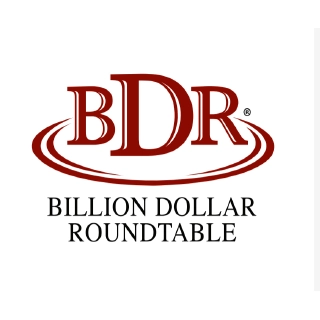
We join the Billion Dollar Roundtable in 2011, spending at least US $1 billion annually with certified minority- and women-owned businesses.
1970 to 2010
-
“Gender Identity and Expression” is added in 2005 to our non-discrimination policy. Benefit Plans expand in 2009 to include transgender employees.
-
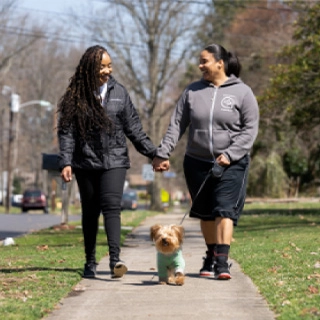
Employee benefit plans in 2003 include same sex partners.
-
Our Global Supplier Diversity and Inclusion Program is established in 1998.
-

Global Bridge to Employment program geared towards high school students in underserved communities launches in 1992.
-
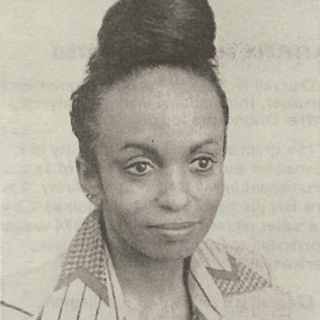
Nancy Lane, in 1976, becomes the first female and first Black/African American Vice President.
1945 to 1969
-
In 1969, among other recruitment activities, we recruit at 21 HBCUs (Historically Black Colleges and Universities) and establish co-op programs with three HBCUs. With the company’s support, five of our employees in Chicago run an in-house volunteer employment bank that matches African American college graduates with jobs throughout American business.
-
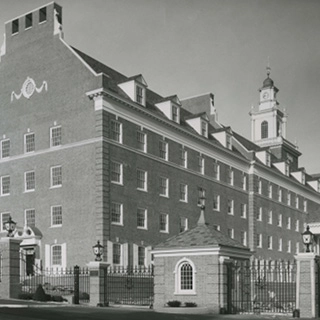
We become a partner in U.S. President Johnson’s 1964 Plans for Progress dedicated to elimination of employment discrimination.
-

In 1963, our leaders meet with Dr. Martin Luther King, Jr. at the Company’s headquarters in New Brunswick, NJ. One of the topics they discuss is increasing the hiring of Black/African American employees.
-
In 1945, we prioritize the hiring of wounded WWII veterans with service disabilities, a group finding it difficult to find employment after their military service. The Company’s policy is said in 1945 to be the most generous policy of its kind in the industry.
1886 to 1944
-

Our Credo is drafted in 1943, outlining our commitments, values and how we must operate responsibly.
-
![Milestone: General Robert Wood Johnson. Image courtesy: Library of Congress, Prints & Photographs Division, photograph by Harris & Ewing [reproduction number, e.g., LC-USZ62-123456] (photo)](../_assets/gallery/ch1-mil-3.webp?h=sOOL-l8O)
Amidst the Great Depression, General Robert Wood Johnson advocates for 30- to 40-hour work week; offers a 5% wage increase in 1933.
-
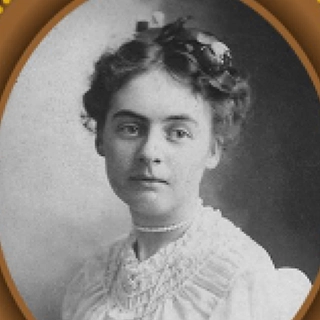
The first female scientist is hired in 1908. Eight out of 36 department supervisors are women.
-
In 1898, we begin the Company’s policy of holding a position and paying the salary for employees on active-duty service in the military.
-
In the 1890s, we create our own in-house Spanish language advertising department, which produces ads and physician education materials in Spanish for Latin America and the United States.
-

The Company is founded in 1886; eight of the first 14 employees are women.
